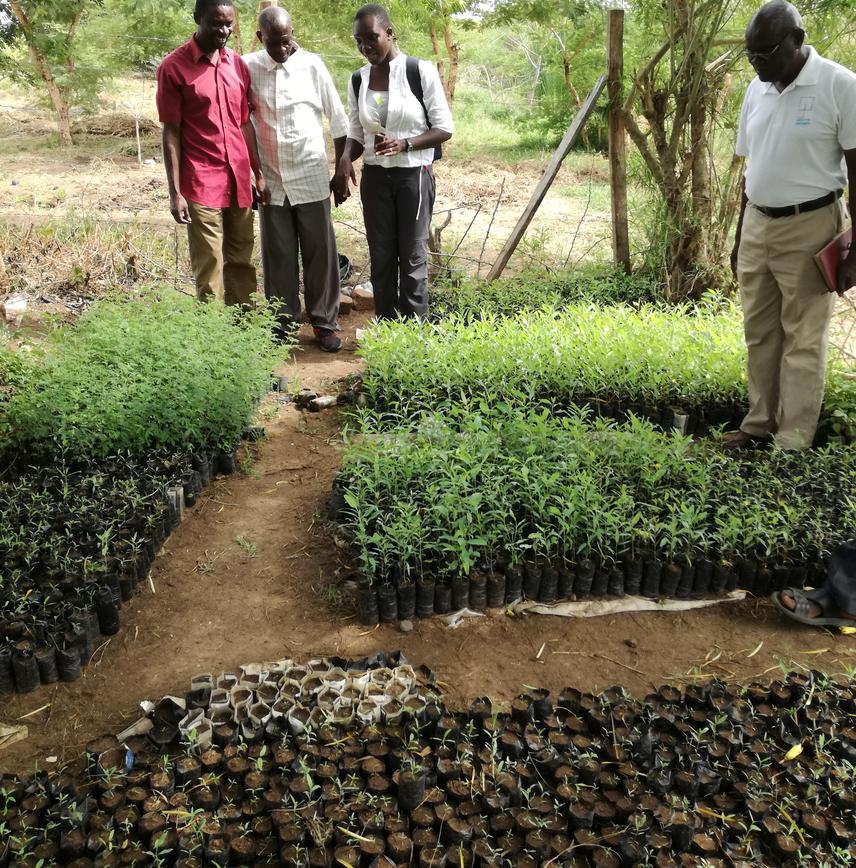Margaret Awuor Owuor
Other projects
12 Jan 2016
Enhancing Community Awareness, Participation and Education in Environment Conservation and Management of Akara Hills, Kenya II
2 Mar 2018
Enhancing Community Awareness, Participation and Education in Environment Conservation and Management of Akara Hills, Kenya III
The two aims of the project are:
- To enhance community awareness and participation in environment related issues
- To bridge the existing gap in environmental education among community members

Akara hills are located in Siaya district, Kenya. They cover an area of approximately 300 ha. The hills support a population of approximately 300,000 people living within its’ catchment area. This population depends on the rivers and streams that originate from the hills for water. During dry periods, the community uses the hills to graze their animals. Akara hills are covered by indigenous trees like Markhamia, Albizia (locally known as Ober) which are used for medicinal and ornamental purposes.
Akara hills are one of the main catchment areas for several streams and rivers like the River Yala which drains into Lake Kanyaboli. River Yala supports the Yala swamp which is an important habitat to globally threatened papyrus endemic birds like the papyrus yellow warbler (Important Bird Area status report, 2004) and also the endangered antelope species the Sitatunga. Lake Kanyaboli is the largest oxbow lake in Kenya. Lake Kanyaboli is a potential refugium for haplochromine cichlids that have gone extinct in the main basin of Lake Victoria due to the introduction of the Nile perch Lates niloticus e.g. Haplochromis phytophagus, Haplochromis martini. Akara hills are potential site for eco-tourism with a good view of Lake Kanyaboli from the top of the hills. Therefore, continuous degradation of the hills places the ecosystems around this area at risk.
Forest loss in Akara hills has been caused by poverty, unemployment and lack of knowledge about the importance of forests. This has resulted in logging, cutting down of trees for charcoal production, firewood for brick making, rafts and timber for building. However, the main factor playing a major role in environment degradation in the area is lack of environment education amongst community members. For a long time, attention has not been paid to educating the community on the need for sustainable use of environmental resources.
This project aims to enhance environment education in schools and community groups through organised trainings and workshops. The community will be educated on alternative wood use like bee keeping activities, using energy saving stoves. Tree planting exercises will also be carried out with the help of the forest service. At the end of the project the community should have established community forest associations (CFA’s) for continuity of the project, while in schools there will be active environment clubs.
Today Kenya is faced with serious water problems and is deemed water scarce by 2015 according to the United Nations Millennium Declaration. Reforestation of the hills and community participation will help reduce water problems and also in absorbing carbon dioxide, thus contributing to reducing global warming.